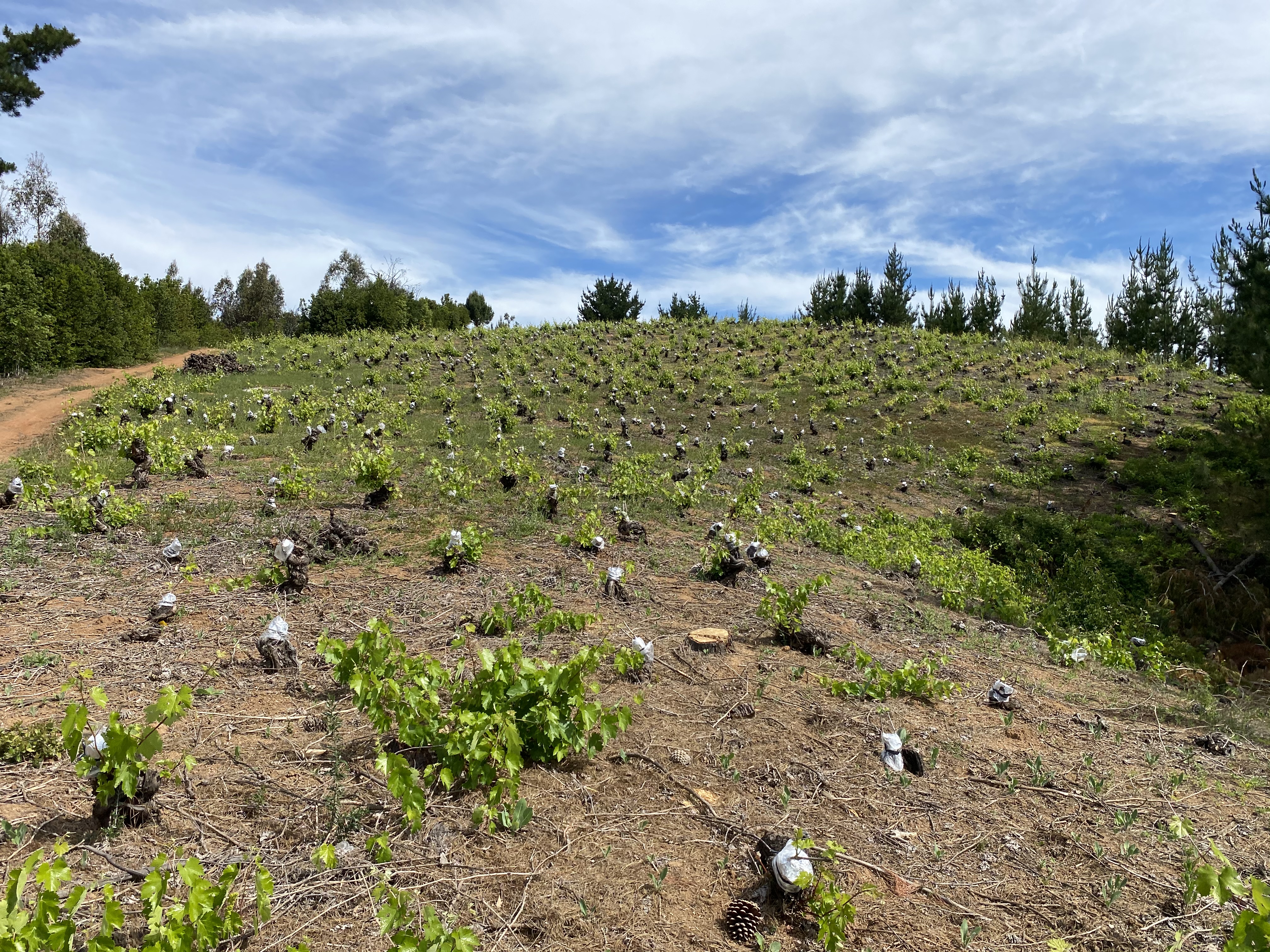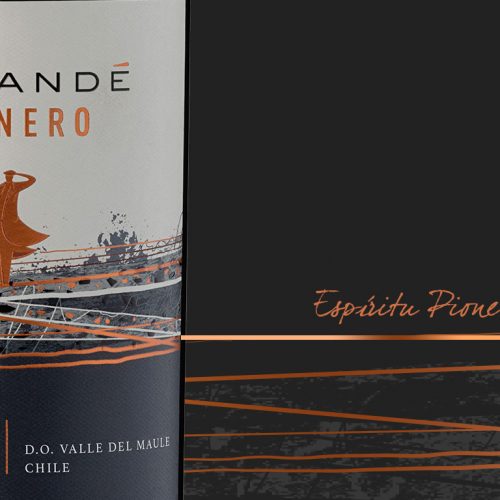
03 Dic Grafting onto old vines in the Itata Valley
We are currently grafting nine hectares with ten unconventional varieties in our Ránquil estate. Its grapes will be ready for their vinification in two more years.
Since its inception, Viña Morandé has been present in Itata and Maule. In fact, the first Cinsault wine, commercially bottled as Cinsault from Itata, was made by Pablo Morandé for the Aventura range in 1997. We have additionally worked for almost a decade with don Agustín Pañailillo, a producer from El Quilo, Ránquil, managing together his Cinsault vineyards for our Creole wine, included in our Adventure line.
Our Ránquil estate has 18.9 hectares planted with vineyards that have survived in a historical hacienda that once spanned more than 5,000 hectares and gave its name to the village of Ránquil. The property currently relies on 8.9 hectares of País, 7.5 of Cabernet Sauvignon, 2.38 of Alicante Bouschet, and 0.14 of Cinsault.
This new project in Ránquil is closely linked to the activities we have developed in the Secano Interior of Maule, where we have been working for more than 20 years with varieties such as Carignan, Grenache, and País. In Itata, everything happened in a spontaneous and natural way. On the one hand, there was our interest for Itata, the perception of its beauty and the estate’s potential, in addition to the fact that it had old Cabernet Sauvignon vines and País planted on hills. And on the other, its generous people, with whom we share the mission of rescuing a valuable patrimony.
The estate has different exposures since it extends on a group of granitic hills. They offer a large amount of quartz all along their profile, are rich in red clays, and present clay-loamy soils.
The climate is warm and dry, but due to Itata’s latitude and, unlike Chile’s central zone, the summer period starts later and ends earlier, generating a slower ripening process. And although the maximum summer temperatures can easily reach 30º C, they are frequently refreshed by summer rains and by short coastal troughs. It has to be borne in mind that, in a straight line, the coast lies only 50 kilometers away.
In our 18.9 hectares, we have already grafted about nine with varieties such as Sémillon, Tempranillo, Grenache, Cinsault, Mourvèdre, Chenin Blanc, Touriga Nacional, and some Italians like Vermentino, Sangiovese, and Montepulciano.
The process took approximately two months. It isn’t easy to graft onto old vines because it needs someone experienced to cut those parts of the plant where you can find healthy and thriving wood on which to embed the cutting or bud.
90% of the grafting was made using two-bud shoots or cuttings, and the remaining 10% was made using the “bud grafting” method. The first production of these vines will be available in two more years since all of this year’s tasks and those the next one are aimed at consolidating the grafting. That is, the first productive harvest will be in 2022.




